Porsche has always been synonymous with automotive excellence and racetrack performance. In 70's, however, the brand faced turbulent times, especially with changes in FIA regulations and the difficulties in maintaining a competitive model. It was in this scenario that the iconic Porsche 911 Carrera RS, a car that would change the history of motorsport, challenging powerful opponents like the Chevrolet Corvette and the Ferrari 365 GTB/4.
The Context of a Challenging Period
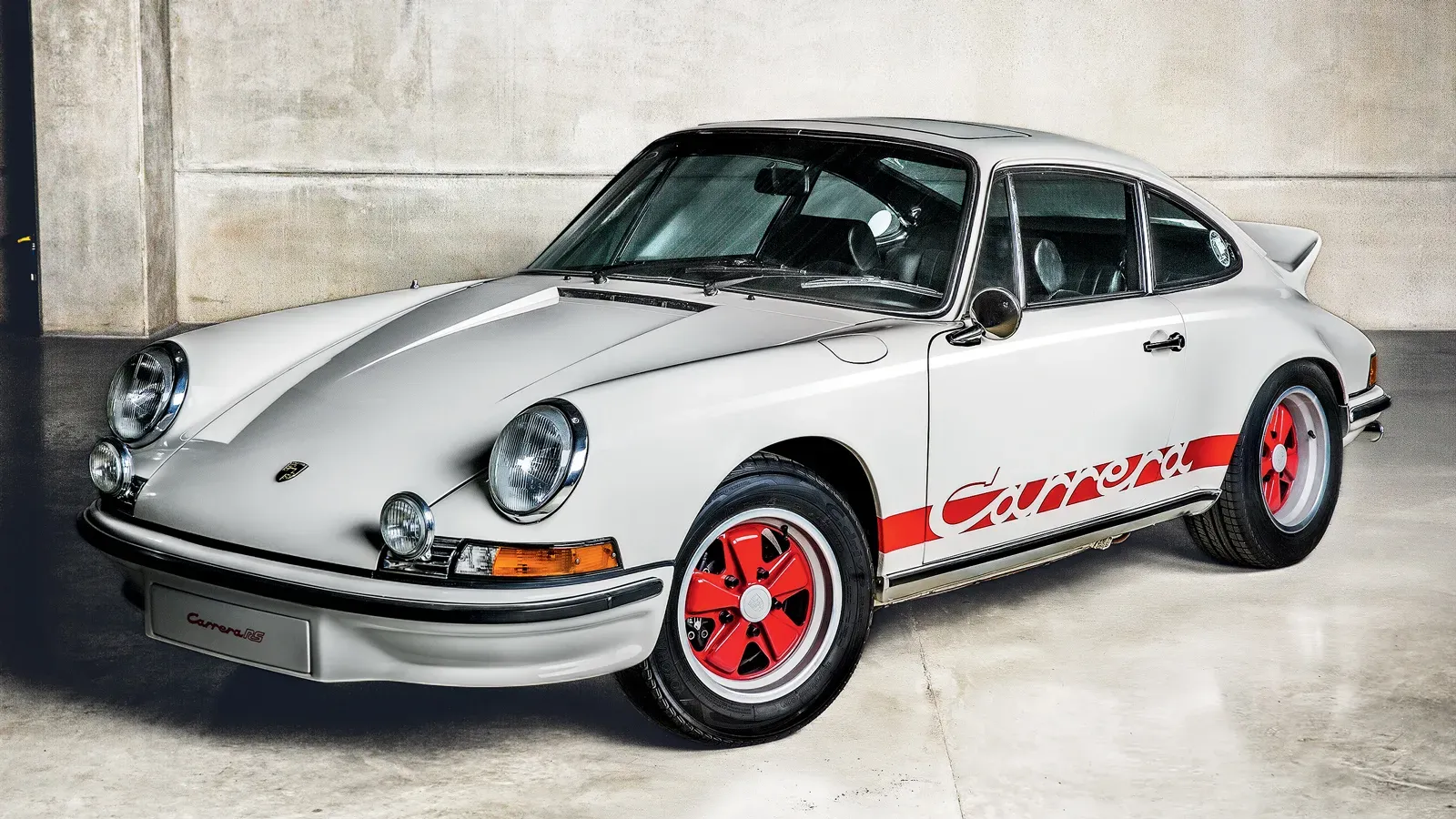
In the first half of the 70s, Porsche was in a difficult situation. The famous model Porsche 917, who had achieved great victories on the tracks, was about to be banned from FIA Group 5 from 1973. Without a clear racing model for the future, Porsche's situation was even more critical, especially after the Volkswagen announced that future models would have front wheel drive and would be equipped with Audi liquid cooling. This decision weakened the link between the Porsche and the Volkswagen, affecting the financial support that Porsche received from VW.
To overcome these challenges and maintain the winning tradition, the technical director Ernst Fuhrmann determined the development of a new model based on the Porsche 911, baptized as RS Race (short for “Rennsport”, or “racing” in German). This model would be key to competing in FIA Group 4 and solidifying Porsche’s presence on the track.
Challenges and Innovative Solutions
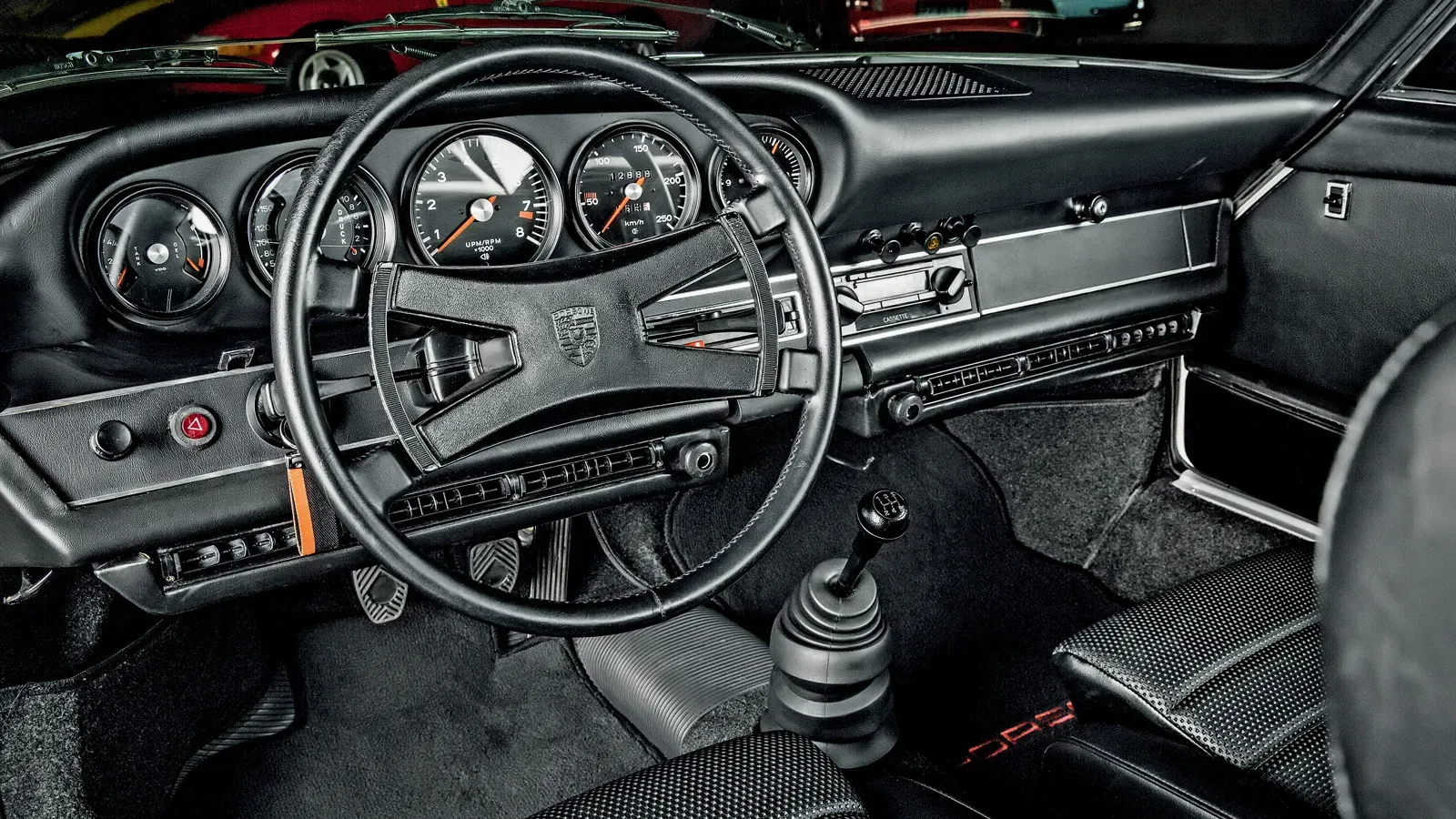
O RS Race had a clear mission: to overcome rivals with much more power, such as Corvette with its engine 7.4-liter V8 and Ferrari 365 GTB/4 with your 4.4-liter V12. For Porsche, the biggest challenge was to improve cornering behavior, since the rear engine of the 911 generated a tendency to be slower on curves compared to its competitors.
This challenge was placed in the hands of the engineer Norbert Singer, which had contributed to the success of the Porsche 917. In wind tunnel tests, Singer and his team found that a simple rear wing could substantially improve rear axle grip, making the RS Race became a true “curve devourer”. This was an innovative and essential solution to improve the car’s stability at high speed.
While Singer focused on aerodynamics, another engineer, Hans Mezger, dedicated himself to improving the engine. Mezger increased the engine's capacity 911 for 2.7 liters, and the cylinders began to use a technology developed for the Porsche 917. This special coating, composed of nickel It is silicon carbide, became known as Nikasil. Equipped with a mechanical injection Bosch, the engine of the RS Race reached 210 hp The 6,300 rpm and produced 26 mkgf of torque to 5,100 rpm.
Lightness and Focus on Competition
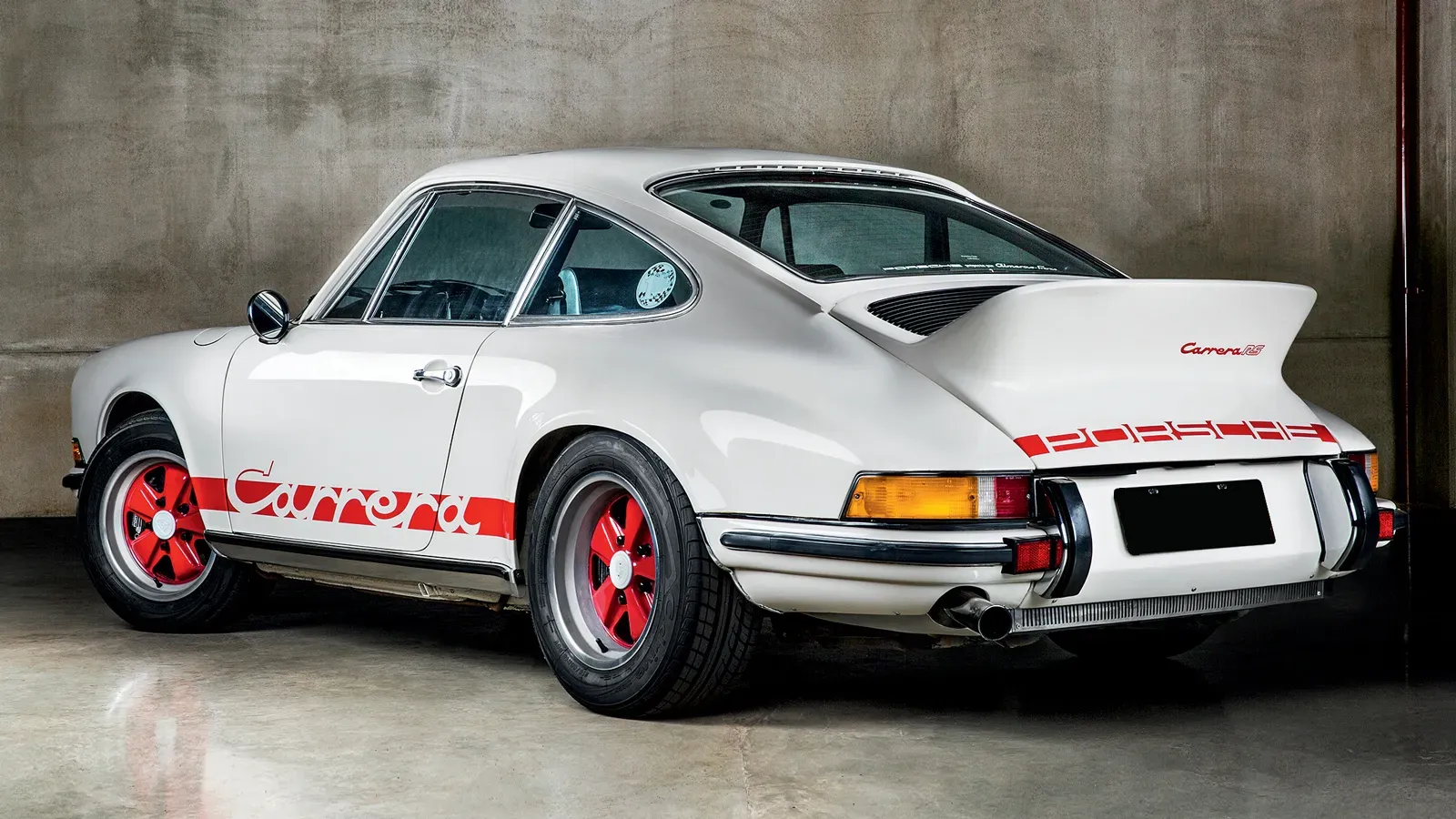
To ensure that the RS Race To keep up with its competitors, Porsche eliminated everything that was not essential. Components such as carpeting, rear seats and even the emblem on the hood were removed, replacing the emblem with a sticker. The sheet metal and glass were also replaced with thinner versions, and some items were made in fiberglass It is aluminum. The result was a car with only 960 kg, optimized for speed and performance on the track.
An Icon on the Tracks and on the Streets
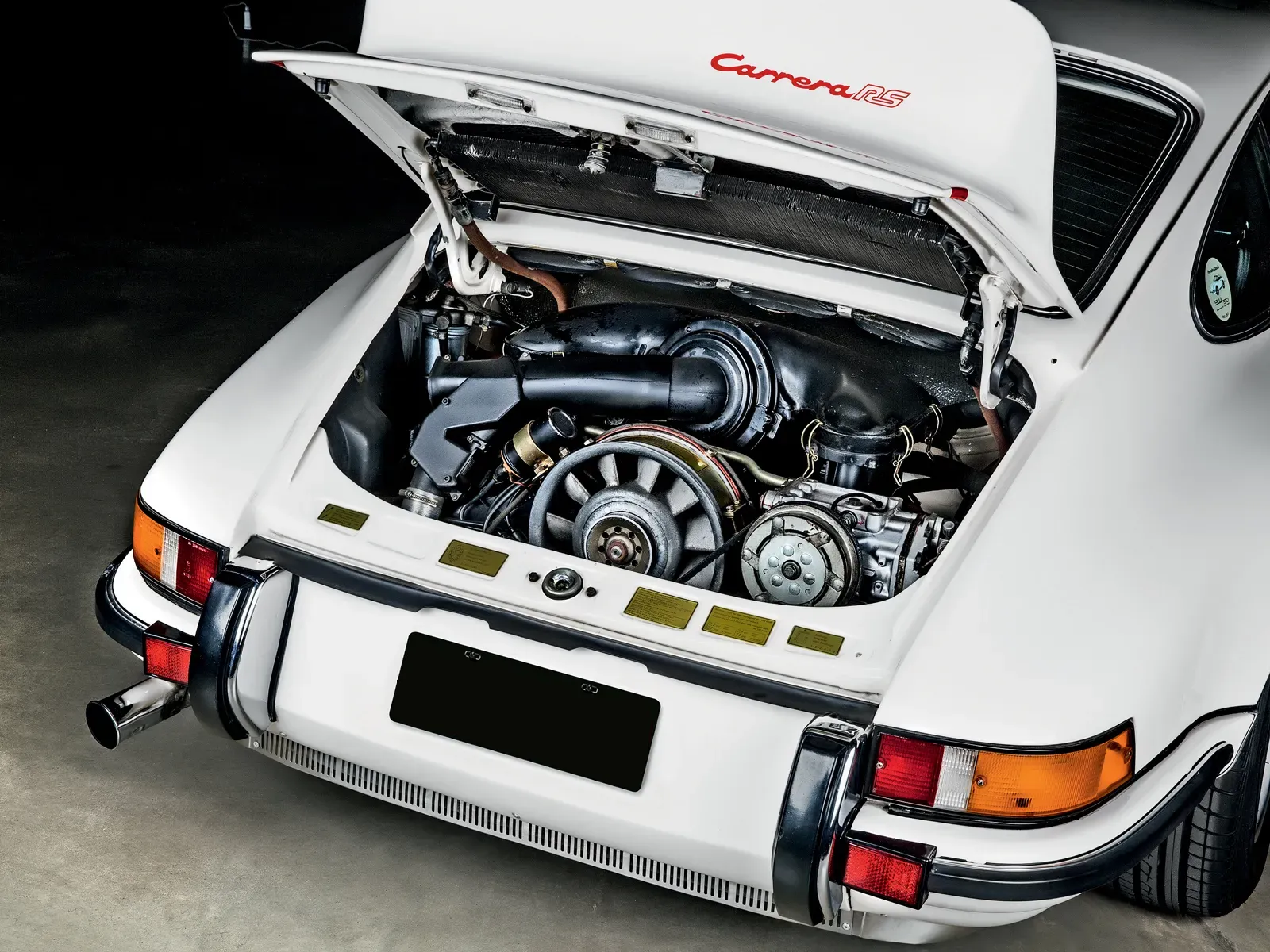
O Porsche 911 Carrera RS made his debut in Paris Salon in 1972, and immediately captured the attention of enthusiasts. With the rear spoiler and an engine capable of overtaking 200 hp, was the first Porsche series production model to achieve this power. Its white paintwork represented the traditional color of German racing cars, while the wheels Fuchs and the graphics completed the model’s bold and unmistakable look.
To secure homologation in FIA Group 4, Porsche produced 500 units initials of the RS Race. Of these, only 17 cars remained in original configuration, while 200 units were adapted to the version M471. This version won 15 kg with additions such as tilt-up windows, carpet and benches Recaro.
The most popular version, however, was the M472, which weighed 1,060 kg and maintained a finish similar to that of 911 S. With a price of 35,500 German marks at the time, this version represented the balance between performance and a bit of comfort. The track-only version, the M491, had a motor of 2.8 liters that delivered impressive 300 hp, as well as wider wheels and a roll cage. This version cost 59,000 German marks.
To get a rough idea, in real, O Carrera RS M472 cost about R$ 97,600.00, while the version M491 could be purchased for approximately R$ 161,900.00. These values are estimated considering the conversion rate of the time adjusted to the current reality.
The Legend of the Carrera RS and Its Legacy

O Porsche 911 Carrera RS was a real revolution for Porsche. It proved capable of outperforming cars like the Corvette and the Ferrari and set new standards in performance, especially in cornering and stability, where Porsche used to struggle the most.
Until July 1973, Porsche produced 1,580 units of RS Race, including various configurations, such as the M472, which today is part of exclusive collections such as FBF Collection. His career was essential to solidify the reputation of Porsche 911, and the success of RS Race paved the way for future models such as the Carrera RSR 3.0 and 930 (911 Turbo), who carried the Porsche flame on circuits around the world.
Conclusion: The Eternity of the Porsche 911 Carrera RS
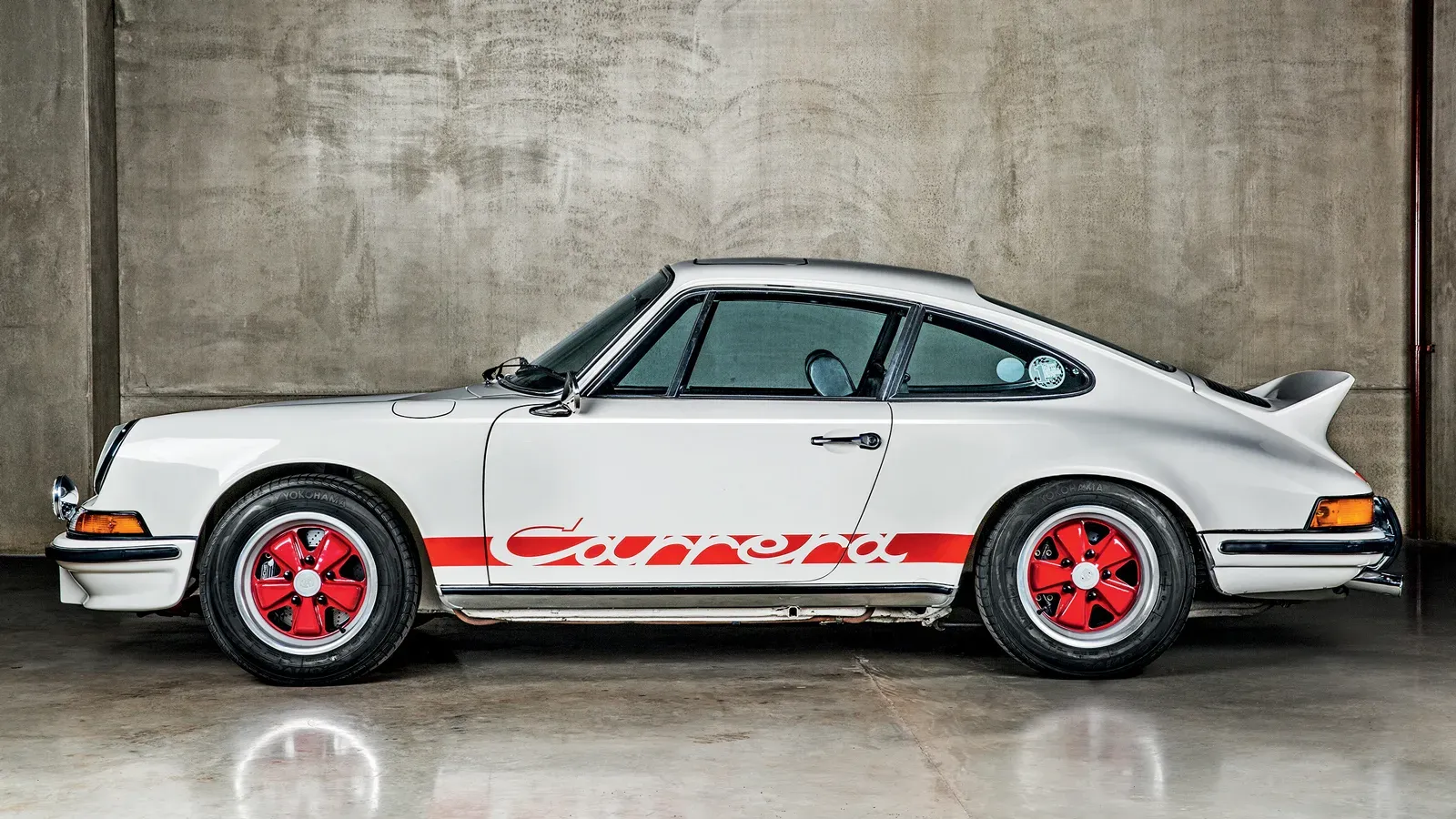
Today, the Porsche 911 Carrera RS It is considered one of the most highly valued cars in the world, especially among collectors and enthusiasts of the brand. Its design, technology and performance remain timeless, reminding us all of Porsche's ingenuity and dedication to creating machines that go beyond expectations.
When looking at the RS Race, it is impossible not to recognize the impact it has had and continues to have on the automotive world. More than just a car, it represents the perseverance, innovation and passion of Porsche in facing and overcoming challenges. Every curveball he faces is a reminder that the impossible is just a matter of perspective.









